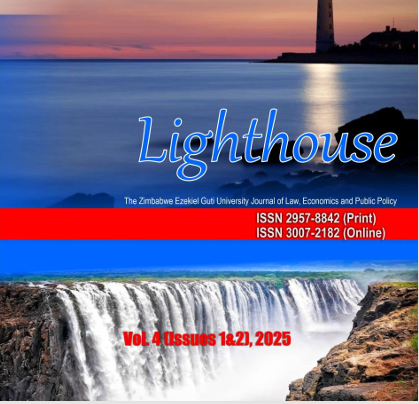Criticality of Internal Savings and Lending Schemes in Zimbabwe's Women's Empowerment Drive: Challenges Gaps and Options
DOI:
https://doi.org/10.71458/a74eb416Keywords:
domesticity, financial viability, community development, governmentAbstract
The study describes the criticality of Internal Savings and Lending Schemes (ISALS) (mukando) in community development and the fostering of empowerment within societies. ISALS, as traditional informal savings and lending schemes, have been around in Africa for ages and have helped women in many communities attain financial independence. ISALS have been used by women as a method for financial viability. The study problematises the criticality of ISALS as a women‘s empowerment strategy in Zimbabwe to examine the gaps and challenges involved. The study uses a qualitative research methodology with a bias towards a case study research design. The research uses secondary information as the data collection method. The research uses thematic data analysis to analyse the findings. The findings of the research show that ISALS have become a strategy towards women‘s empowerment through enabling them to access financial assistance to cover their demands. The study findings reveal that ISALS have become a critical strategy for community development, addressing the domestication of women with no sources of income. The research concludes that ISALS have become a critical women‘s empowerment, enabling women to have social security and community development. The study recommends the creation of monitoring and evaluation committees to ensure inclusivity in ISALS.




